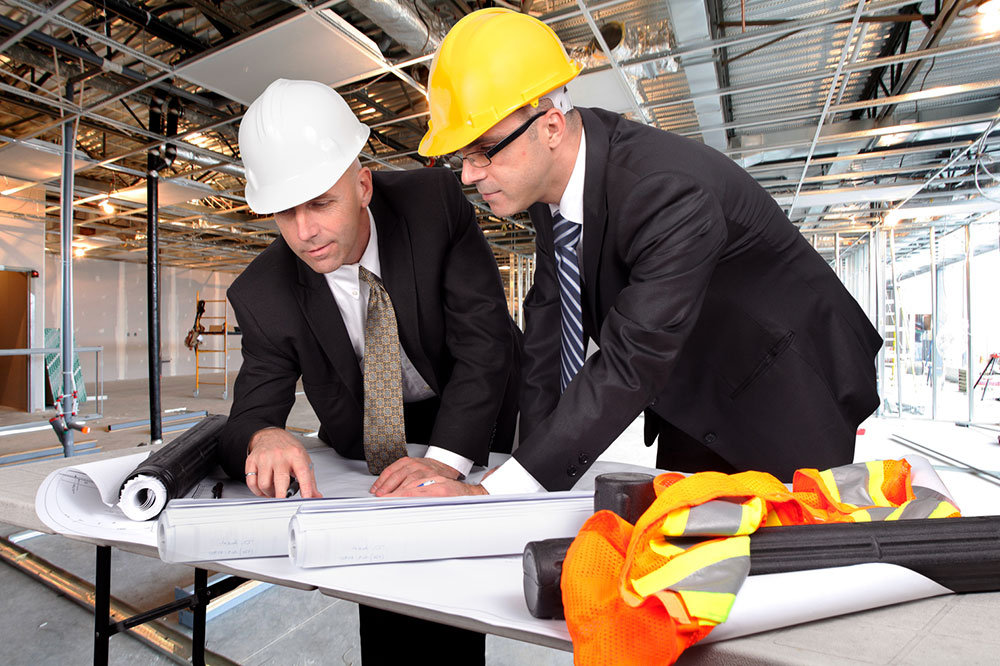
Construction – Types, safety tips, and popular companies
Construction is a tedious job that involves careful planning and organizing a large workforce. Those entering the field of construction project management must be well-equipped with the knowledge of different construction types, safety tips, equipment used, and other related things. One must also be aware and vigilant of their surroundings. Here is a brief on what to know when taking up a construction job and enrolling in a construction service.
Types of building construction
Construction can be classified into the following categories:
Fire-resistive
This construction approach is used when building high-rises or multi-story structures. According to the rule, the building should be able to withstand fire for two to four hours. To ensure the highest level of safety against fire, workers use non-combustible materials. Fire-resistive structures are usually more expensive to erect than other types.
Non-combustible
These are similar to fire-resistive buildings, the only difference being that the non-combustible materials used do not get a fire-protective coating. Shopping malls, newer schools, and big box stores usually fall under this category.
Ordinary
The exterior walls of ordinary buildings are constructed using brick, masonry, concrete blocks, precast panels, and other non-combustible materials. But they may have wood frames inside. If there is a fire, it will not spread to the nearby buildings due to the exterior non-combustible walls.
Heavy timber
As the name suggests, these buildings are made using large beams of wood. Metal bolts and plates may be used to keep the wooden beams in place. A lot of old churches and barns used this method of construction. As these are thick structures, they are known to be more resilient to collapse. And even though wood is the primary material, they fair well against fire because they take longer to burn. That said, one will require a lot of water to put out the fire in heavy timber structures.
Wood-framed
The main construction material in these kinds of structures is wood; however, other materials allowed by code can also be used. Single-family residences, small office buildings, restaurants, or even small hotels may be built using this approach.
Irrespective of the type, every construction project uses complex, heavy-weight equipment. Examples include excavators, bulldozers, loaders, trenchers, pavers, dragline excavators, graders, and compactors. These equipment require extra care while handling, so workers should receive proper training.
Construction safety tips
The following tips can ensure safety at the construction site:
Wear the PPE kit
Wearing the PPE or personal protective equipment kit whenever necessary is the most crucial construction safety protocol. The kit usually includes a helmet, glasses, gloves, and sometimes steel-toed boots and long pants to avoid unnecessary on-site injuries.
Crowd management
A big construction site will have many workers. Preventing a crowd in one area is crucial, as it increases the risk of accidents. The management should organize the workforce well, so everyone has sufficient space to perform their tasks and avoid overcrowding.
Keeping the area clear
This may seem like an impossible task, but it is essential. A construction site does not have to be a mess. Workers should be trained to keep the area as clear as possible. An organized space can prevent several accidents, such as someone tripping over gear or equipment lying around haphazardly.
Label and store all chemicals
Construction workers use paint, cleaning agents, solvents, and other chemicals. These chemicals should be labeled and stored in proper tin cans and bottles. Spillage and accidental misuse of chemicals will not only ruin the construction work but also be hazardous to those around.
Popular construction services
Some of the most popular construction companies one can look up to for any project include Bechtel, Flour, Whiting-Turner, DPR Construction, Gilbane, Hensel Phelps, and EMCOR Group. These organizations are also great places to work as a construction professional.
Jobs in construction don’t just include plumbers and carpenters but also profiles like project engineers, construction estimators, equipment operators, construction inspectors, and construction superintendents. Depending on one’s skill set, there are several options to choose from.




